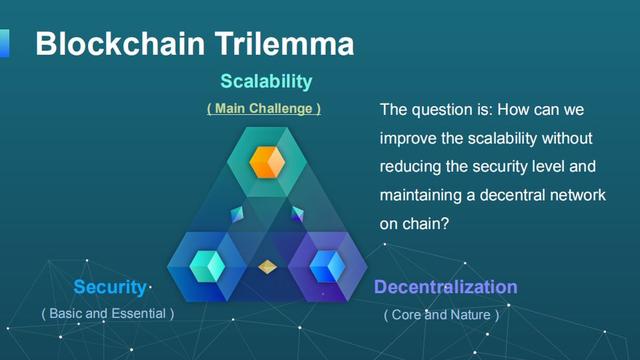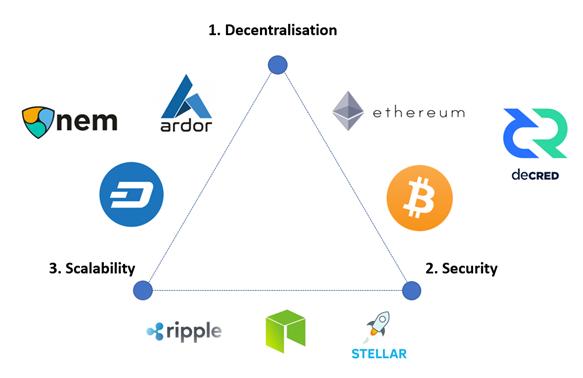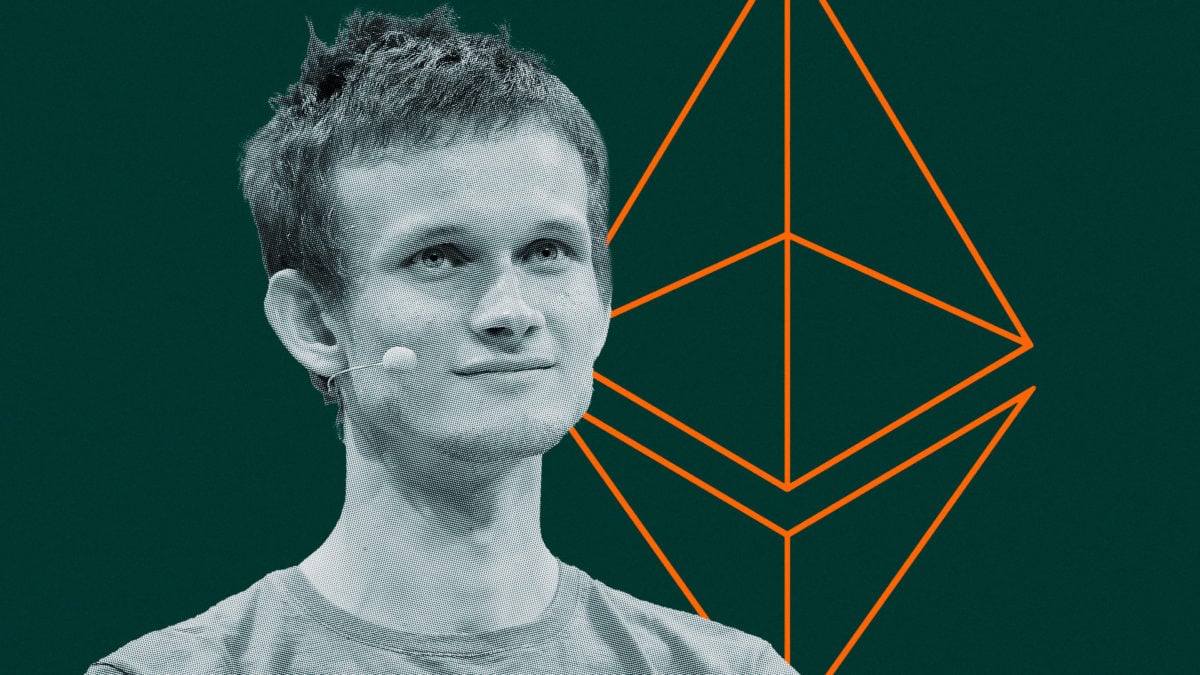Observation|Ternary Paradox: The Dilemma of Current Blockchain

Image source: JOYSO
Blockchain evolution
The Bitcoin blockchain, because it is the first to use the current distributed ledger technology, is generally considered to be the prototype of the blockchain and is titled “Blockchain 1.0”. Since the introduction of the 2.0 version of the "Programmable Ethereum", the 3.0 version with IOTA, Nano and Hashgraph is about to "fall". However, the development of blockchains in these three stages is somewhat simple: the latest generation of blockchain technology is based on DAG and is significantly different from previous blockchain technologies. In addition, projects based on such technologies are not true distributed ledgers, and IOTA, Nano, and Byteball are all late blockchain concepts. So why do investors and blockchain users accept a “variation” of a new distributed ledger technology? All of this is related to the “difficulties” faced by the current blockchain technology.
- Viewpoint: Fuzzy of Business Boundary and Evolution of Blockchain Pattern
- Industry Weekly | Last week, 7 new financing projects in the blockchain, and 5 domestic support policies were introduced.
- Wuzhen·Huawei Zhang Xiaojun: Blockchain is to save costs, not to generate revenue
The current "block" of the blockchain
In theory, the first and second generation blockchain technologies have revolutionized the entire world. Almost every industry is fundamentally baptized by blockchain technology. However, the actual situation is somewhat different.
The current public chain of digital currencies such as Bitcoin and Ethereum faces an urgent problem: the blockchain has not yet achieved significant scale results. This is specifically reflected in the current blockchain agreement is limited by the transaction workload and speed. Take the legacy system as an example. PayPal trades 200 times per second, and Visa can even reach 56,000 transactions per second. In contrast, Ethereum currently has only 20 transactions per second and only 7 Bitcoins. This is also the direct reason why public chains such as Bitcoin and Ethereum cannot compete with current payment systems.
Blockchain ternary paradox
In fact, the root cause of the "slow" blockchain protocol is not some built-in scalability barriers. Instead, this is a result of the decentralized blockchain network construction. Public chains such as Bitcoin and Ethereum have a core element: giving everyone the opportunity to run network nodes. Each node processes each transaction and stores the entire transaction history of the blockchain on the computer. Therefore, the scalability of the entire public chain depends on the slowest node on the chain.
Since the scalability of the entire blockchain is subject to the slowest nodes in the chain, in theory, removing some of the slower nodes can increase the transaction volume and speed of the chain. However, such practices often reduce the security and decentralization of the blockchain. Therefore, decentralization, security and scalability are called blockchain ternary paradox.

Image source: MULTIVAC
Case 1: Extensibility issues
As mentioned earlier, Bitcoin and Ethereum's public chain are known for their decentralization and security. However, due to scalability constraints, Bitcoin and the Ethereum blockchain have not been able to become trading platforms like Paypal and Visa.
In the case of Bitcoin, the reduction in the difficulty of the mining algorithm will greatly enhance the entire verification process. However, as scalability increases, the security risks faced by Bitcoin also multiply. In addition, the low difficulty algorithm will increase the number of mines, which is also a challenge for decentralization.
Case 2: Decentralization
Ripple is an instant payment settlement system with strong scalability and security. However, in Ripple's consensus mechanism, the verification of a transaction is only for a part of the "verifier", and all nodes in the chain cannot participate. Therefore, Ripple appears to be a bit "centralized" compared to Bitcoin and Ethereum.
Case 3: Security issues
Some small blockchain platforms (such as NEM) have certain advantages in decentralization and scalability. However, due to the small number of nodes running on its platform, it is easy to receive hackers. Therefore, this type of platform usually faces a lot of security risks.

Image source: Coinrivet
Conclusion
The ternary paradox of blockchain (extensibility and its decentralization and security cannot be met simultaneously) is the dilemma faced by current blockchain technology. How to solve this dilemma is the focus of future blockchain development.
Article Source:
Blockchain 3.0: The future of distributed ledger technology?
Source: https://cryptoresearch.report/crypto-research/blockchain-3-0-future-dlt/
Author: Demelza Hays
We will continue to update Blocking; if you have any questions or suggestions, please contact us!
Was this article helpful?
93 out of 132 found this helpful
Related articles
- Opinion | ENS: Why ENS does not create more top-level domains
- "Blockchain +" is here! Who will create great products of the new era?
- For three years, "blockchain + content" is still in place?
- Wuzhen·Yuandao: “5G*blockchain” will create more than tens of billions of encrypted digital assets
- "Lingyue 2020" world's first blockchain inter-annual speech is about to start
- Didn't wait for the Dfinity main online line, my proxy will run first.
- Wuzhen·Jia Nanzhi Zhi Kong Jianping: China has never had a “bitcoin illegal” policy, and the global blockchain development trend is compliance, innovation, and landing.






